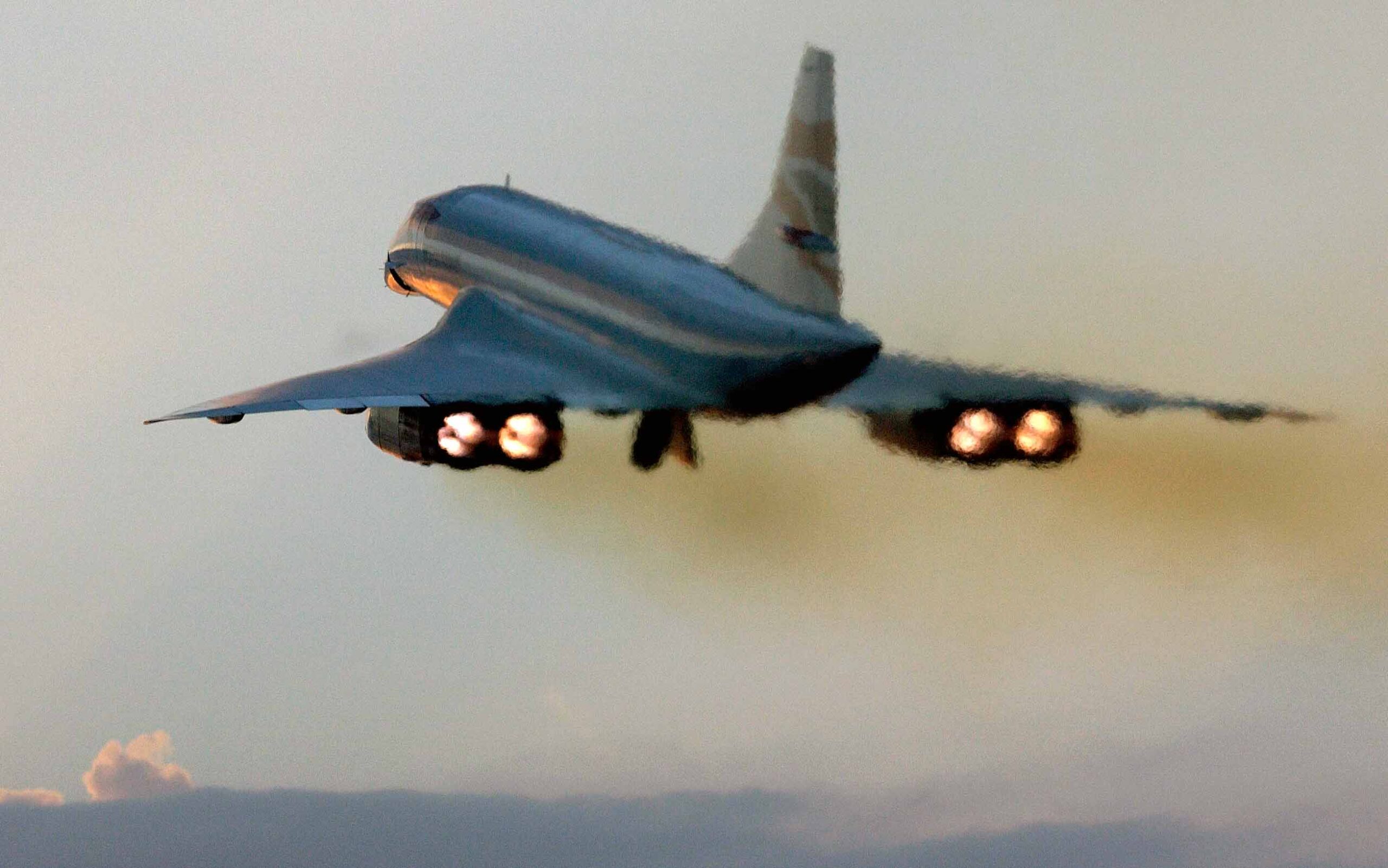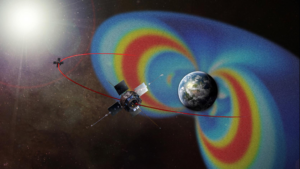Supersonic flights, one of aviation’s lost legacies are coming closer to revival as new technologies arise, such as the QueSST which aims to relieve supersonic flights from its side effects.
Being stuck in long-haul flights absolutely suck, don’t they? Crammed space, annoying noise, dry air, all those things. Man, It would be really nice if we could just go a little bit faster. Oh what’s that? We could? That’s right, the Concorde, the first-ever plane capable of supersonic flight born in 1976 could do that. And not just could do it, Concorde’s performance was nothing short of revolutionary. It could go 1,500 mph, almost the twice of the speed of sound, whereas today’s jetliners are stuck at around 650 mph. Sounds wild, doesn’t it? It almost seems like humankind is taking a step back in aerospace engineering. Why on earth would we want to back away from such a revolutionary marvel of science? Well, for a lot of reasons really.
The Ugly Side of Supersonic Flights
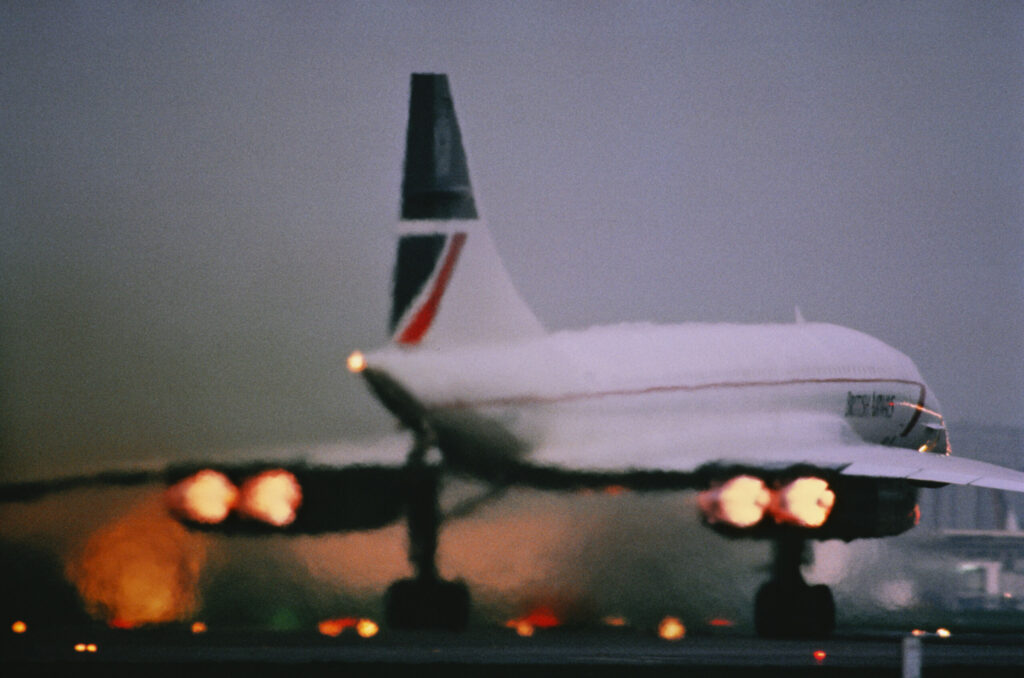
The idea of supersonic flight sounded good on paper, but there were a lot of problems that hindered its success. Expensive operation costs, environmental regulations, loud engines, and not to mention, exceedingly loud sonic booms.
Hold on, I get the points on expenses, reguations and the loud engines, but what is a sonic boom? And why was it so bad? Ah, good question. A sonic boom is a thunderous noise resulting from a shockwave created by an object moving at supersonic speeds, causing rapid atmospheric pressure changes. Wait, too hard? Okay, I get it. You see, if a plane, or anything in that subject matter, exceeds the speed of the sound (around 750mph on sea level), the object starts to create waves of air pressure, much like a ship’s bow cutting through water and creating waves. Such waves, when the object exceeds the speed of sound, combine and create continuous shock waves which propagate forward, which creates continuous thunder-like noises all along its flightpath.
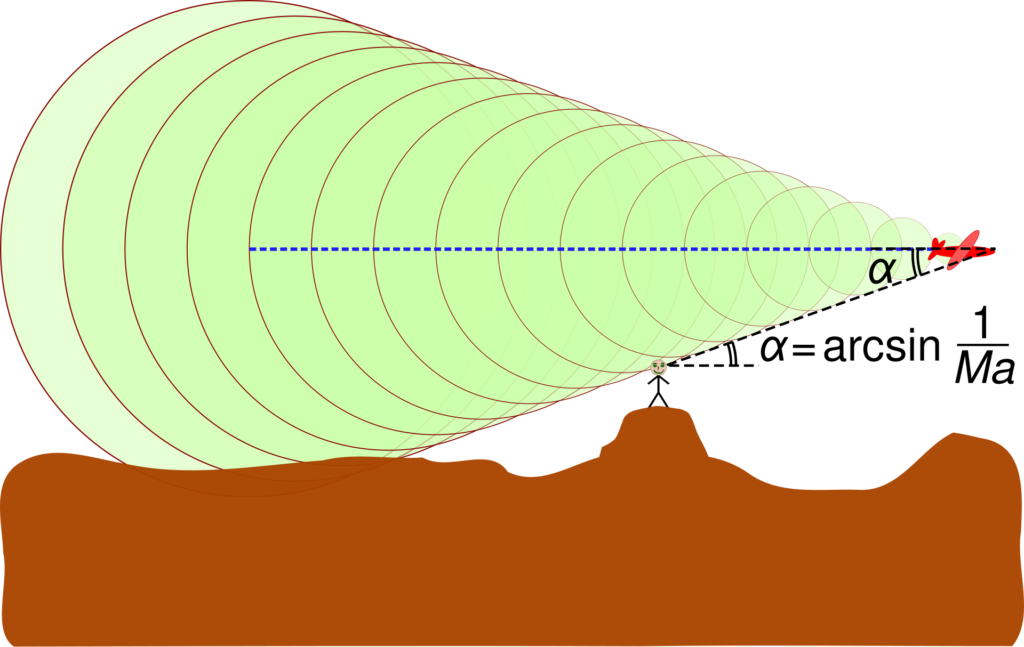
Credits: Melamed Katz
It’s like you are throwing water balloons at people from a moving car, you have unlimited balloons, 100% accuracy and a hundred-mile range, everyone around you will be drenching wet and pissed off at you, you get the point. Just replace the water from the previous scenario with eardrum-tearing noise and make your car go supersonic over millions of people, and that’s exactly how things were. Imagine, you are living near an airport, and being woken up every night by endless, artificial thunders. Doesn’t sound like a fun time to me.
After Concorde’s debut, countries including but not limited to the States and Ireland banned supersonic flights within their airspaces for a multitude of reasons. Airlines were taking massive losses every time a Concorde took off, not to mention its monumental amount of maintenance requirements and operating cost. And of course, people were absolutely mad about this acoustic terrorist all around the globe. Eventually, Concorde seized its operation back in 2003 leaving no successors to its supersonic legacy. Sadly, that’s where we are now after all the years.
A New Dawn for Supersonic Flight?
But worry not; there is a tech that can resolve one of the issues that kept Concorde from commercial success. Developed by NASA and Lockheed Martin, the X-59 QueSST aims to address the side effects of supersonic flights, which Concorde failed to do so. With its special design involving a long, narrow airframe and canards, or little extra wings placed near the front end of the plane, the QueSST allows the pressure waves to distribute smoothly which is a thing that Concorde can’t do. And remember, the cascading shock waves are the reason behind sonic booms. The QueSST is expected to hit Mach 1.5 while producing only 75 EPNdB ( measure of the relative noisiness of an aircraft pass-by event) of noise, which is as quiet as a car door shutting compared to Concorde’s 105-110 EPNdB, which is something more similar to power saw right next to your ear.
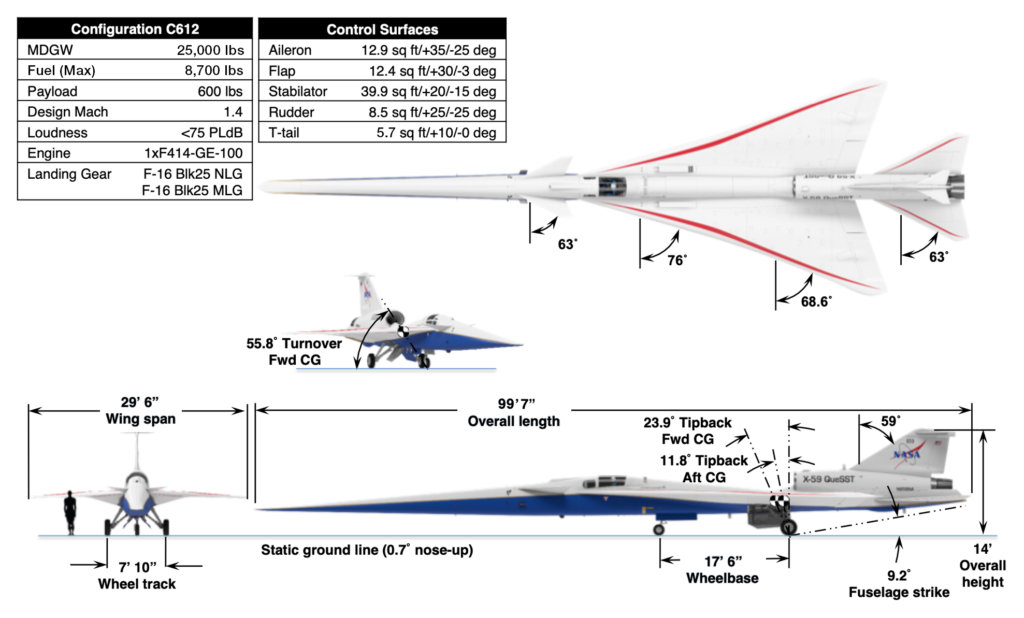
So, is supersonic flight back? Well, it is a bit too early to say that. Remember, the noise was not the only problem regarding this subject. There were economic disadvantages, environmental concerns, and much more. But one thing is for sure: this is a step in the right direction for the resurrection of supersonic flights and a damn big one at that. Crossing the Atlantic Ocean within four hours might be a thing again soon enough.

